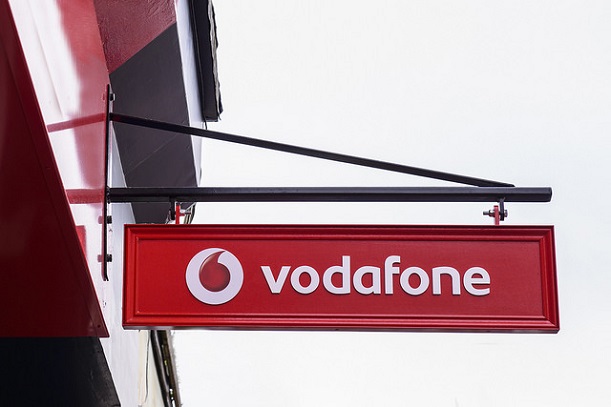Virtualisation is a complex enough problem when dealing with one network, but what does it look like when carried out across 26, or even 40?
This is the question that Vodafone’s SDN and NFV lead David Amzallag has had to address in the nearly two years he has been managing Ocean, the operator’s signature virtualisation project, which aims to transform how it delivers services to customers.
Billing Ocean as the largest such transformation project for SDN and NFV in the world, Amzallag outlined the challenges in a rare update into its progress at the Cloud Expo conference in London.
“26 Vodafone operators have almost nothing in common. Separate countries, networks, infrastructure, legacy assets, IT systems and customer needs,” he said.
Added to this are the 20 or so other operators in which Vodafone holds less than 100 percent ownership, which are also part of Ocean’s remit.
Vodafone has had to develop two major design principles to create a virtualisation architecture that could be applied across these varying environments, said Amzallag. Crucial to this, he said, was achieving a “unique marriage” between technology, operations and engineering teams at the telco.
“We need[ed] to develop the right architecture and the right transformation for each operator like it was solely for this operator, to take into account the right customer needs and legacy systems per operator,” he noted.
At the same time, Amzallag said, the architecture needed to emphasise the benefits of virtualisation without serving the needs of a particular operator but not others.
The second design principle was ensuring that these SDN and NFV assets would be glued together across markets so that multinational customers could be offered cross-country, cross-network and cross-cloud services.
“Based on these principles we created an end-to-end architecture that is the only architecture that all the 40 operators are using today for their SDN and NFV,” said Amzallag.
Vodafone had to consider specific concerns, of which Amzallag named three, when considering the use-cases of the project.
“Operators do not have enough budget to run the entire transformation, regardless of how important [they view it as],” he said.
There is also a lack of clarity around use cases, Amzallag warned, alongside concerns about the risks in delivering SDN and NFV services for customers.
“After all, the current service is working very well; why take a risk?”
In a bid to overcome these challenges, Vodafone has looked for “big families” of use-cases that would “will not require a big effort from the network, second will not cost too much and thirdly will deliver tremendous value to our customers,” Amzallag said.
The use-cases fell into two broad families.
The first, which Amzallag calls SD-WAN Plus, is an umbrella of basic communication services including VPN, next generation firewall and DPIs.
Working with Amdocs, Vodafone created a unique VPN, which it calls VPN +, that was exhibited at Mobile World Congress 2016.
The VPN uses SDN and NFV to increase performance and reduce hardware requirements, automating and simplifying deployment and incident management processes and providing information about parameters such as analytics, performance and security monitoring.
On top of the VPN, Vodafone is building an SDN-based platform that allows customers to configure services as they like and run it across countries and networks.
The second is to create single services that can be rolled out across Vodafone’s worldwide operations. Amzallag used IMS as an example.
“Currently we are running in Europe more than 10 IMS systems with different operators, different vendors, different bills,” he said.
“The idea is a single IMS system delivered as a service across all Europe.”
One of the main goals of the project is to move to “one vendor selection process, one single operations team that deal with this and maximising the benefits from running in the cloud,” according to Amzallag.
This was in evidence this week with the news that Vodafone has selected Nokia’s Nuage Networks to connect its global data centres.
The operator will use Nuage Networks’s Virtualized Service Platform (VSP), which offers a single framework for policy-based automation across the data centre and WAN for cloud deployments at scale. Ocean will use VSP to roll out SD-WAN to enterprise customers.
As for future plans, Vodafone will be adding 52 compute points worldwide to support Ocean. Amzallag says that the project will support 5G as that is rolled out in coming years.
Considering the scale and challenge of the project it is still fairly early days. But Amzallag’s update shows promising signs that Vodafone has reckoned with and confronted these challenges.



